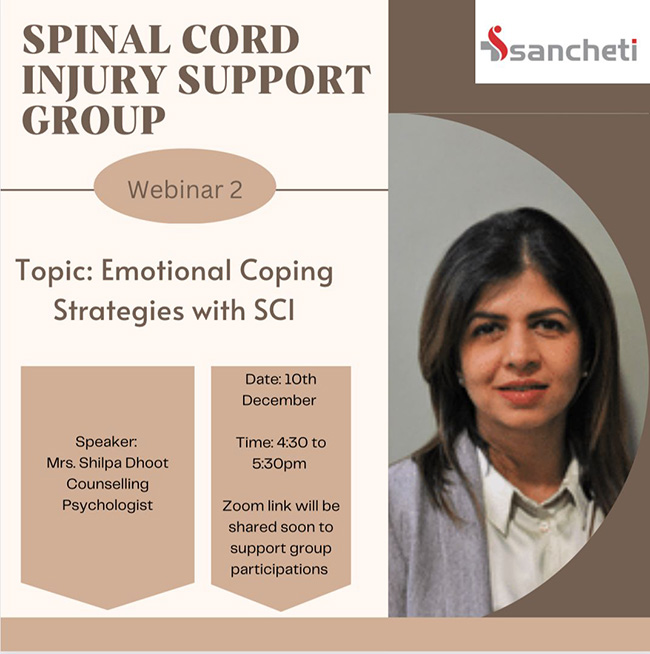Headaches are a common experience in day-to-day life and can have various causes. Understanding the different types can help in managing them effectively. Here are the most common types of headaches:
1. Tension Headache (Stress Headache)
- Cause: Often triggered by stress, poor posture, anxiety, or muscle strain.
- Symptoms:
- Dull, aching pain or tightness around the forehead, scalp, or neck.
- Often described as a “band” of pain around the head.
- Mild to moderate intensity.
- Duration: Can last from 30 minutes to several hours.
- Treatment: Rest, over-the-counter (OTC) pain relievers (e.g., ibuprofen, acetaminophen), relaxation techniques, and improving posture.
2. Migraine
- Cause: Thought to be related to abnormal brain activity, possibly triggered by hormonal changes, stress, certain foods, and sensory stimuli.
- Symptoms:
- Intense, throbbing pain usually on one side of the head.
- Sensitivity to light, sound, and smells.
- Nausea or vomiting.
- May be preceded by an aura (visual disturbances, tingling sensations).
- Duration: Typically lasts 4 to 72 hours.
- Treatment: Prescription medications (triptans), OTC pain relievers (for mild migraines), avoiding known triggers, resting in a dark, quiet room.
3. Cluster Headache
- Cause: Exact cause unknown but linked to activity in the hypothalamus. Often triggered by alcohol or smoking.
- Symptoms:
- Severe, stabbing pain around or behind one eye.
- Eye redness, tearing, nasal congestion on the affected side.
- Occurs in cycles or “clusters” that last weeks or months, with remission periods.
- Duration: 15 minutes to 3 hours, occurring multiple times a day during a cluster period.
- Treatment: Oxygen therapy, prescription medications (sumatriptan), preventative treatments (e.g., verapamil).
4. Sinus Headache
- Cause: Inflammation or infection of the sinuses (sinusitis).
- Symptoms:
- Pressure or pain in the forehead, cheeks, or around the eyes.
- Congestion, runny nose, and possibly a fever.
- Worsens when bending forward or lying down.
- Duration: Can last for days or weeks, depending on the severity of sinusitis.
- Treatment: Decongestants, nasal sprays, antibiotics (if infection is present), and warm compresses.
5. Caffeine-Withdrawal Headache
- Cause: Abrupt reduction or cessation of caffeine intake.
- Symptoms:
- Dull, throbbing pain, often accompanied by fatigue and irritability.
- Duration: Usually resolves within a few days as the body adjusts to lower caffeine levels.
- Treatment: Gradual reduction of caffeine intake, hydration, and OTC pain relievers.
6. Rebound Headache (Medication Overuse Headache)
- Cause: Overuse of pain relievers for headache management, leading to a cycle of dependency.
- Symptoms:
- Daily or near-daily headaches.
- Pain tends to worsen after medication wears off.
- Duration: Can persist as long as pain relievers are overused.
- Treatment: Tapering off the overused medication under medical supervision, preventing overuse by adhering to recommended dosages.
7. Exertional Headache (Exercise-Induced Headache)
- Cause: Physical activity like exercise, heavy lifting, or sexual activity can trigger this type of headache.
- Symptoms:
- Throbbing pain during or after physical exertion.
- Pain can occur on both sides of the head.
- Duration: Minutes to hours.
- Treatment: Rest, staying hydrated, and avoiding strenuous activity. Prescription medications may be required for frequent occurrences.
8. Hormonal Headache (Menstrual Migraine)
- Cause: Fluctuations in hormone levels, particularly estrogen, around menstruation, pregnancy, or menopause.
- Symptoms:
- Similar to migraine symptoms (one-sided throbbing pain, nausea, light sensitivity).
- Often occurs right before or during menstruation.
- Duration: 4 to 72 hours.
- Treatment: Hormonal therapies, magnesium supplements, migraine medications, and avoiding triggers.
9. Hypnic Headache (Alarm Clock Headache)
- Cause: Rare type of headache that wakes people from sleep, cause unknown.
- Symptoms:
- Mild to moderate throbbing pain, often on both sides of the head.
- Occurs during the night and can disrupt sleep.
- Duration: Lasts about 15 to 60 minutes.
- Treatment: Caffeine before bed (paradoxically helpful), indomethacin, or other prescription medications.
10. Dehydration Headache
- Cause: Lack of sufficient water intake, leading to reduced blood volume and less oxygen reaching the brain.
- Symptoms:
- Dull, aching pain on both sides of the head.
- Worsens with physical activity or movement.
- Often accompanied by dry mouth, dizziness, or fatigue.
- Duration: Usually resolves within hours of rehydration.
- Treatment: Drinking water, replenishing electrolytes.
Managing Headaches:
- Identify Triggers: Keeping a headache diary to track patterns and potential causes (e.g., stress, foods, lack of sleep).
- Healthy Lifestyle: Regular sleep, hydration, balanced diet, and stress management can reduce the frequency of headaches.
- Consult a Doctor: If headaches become chronic or severe, a healthcare provider may recommend imaging studies, blood tests, or refer you to a specialist for further evaluation.
Proper identification of the type of headache helps in selecting the most effective treatment and prevention strategies.
4o









0 comments on “Types Of Headache in Day To Day Life.”